的点评
Active temple in Khajuraho
Matangeshwara Temple的点评
点评:The Matangesvara temple is in active worship and is the holiest of the Khajuraho temples, besides being the plainest among the local sandstone temples. On plan and in design, it is a grand elaboration of the Brahma temple. While retaining its family- likeness to the Brahma temple, this temple anticipates the compositional arrangement of the mandapa roofs of the developed Khajuraho temples. Its pillars, however, are plain and the ceiling, formed of overlapping concentric courses, shows elementary ornaments of cusps and floral cusps. since both its exterior and interior are almost plain and devoid of the exuberant sculptured and carved ornamentation, there is no doubt that this is one of the earlier temples of Khajuraho, assignable to circa 900-925. The sanctum-floor is almost completely occupied by a large Gauri-patta (6.2m in diameter), supporting a stupendous polished linga (2.5 m high and 1.1 m in diameter). On the linga are written in indelible ink later Persian and Nagari inscriptions which are not of much significance. (Information from ASI)
翻译:马坦格斯瓦拉神庙是活跃的祭祀场所,是卡修拉荷神庙中最神圣的神庙,同时也是当地砂岩神庙中最朴素的神庙。从平面和设计上看,它是梵天神庙的宏伟杰作。这座神庙在保留了与梵天神庙的家族相似性的同时,还预示了已发展起来的卡修拉荷神庙曼达帕屋顶的构图布局。然而,它的柱子是朴素的,天花板由重叠的同心层组成,展示了尖顶和花尖顶的基本装饰。由于它的外部和内部都几乎是朴素的,没有华丽的雕刻和雕花装饰,毫无疑问,这是卡修拉荷较早的神庙之一,可追溯到大约 900-925 年。殿堂的地面几乎完全被一个巨大的 Gauri-patta(直径 6.2 米)占据,支撑着一个巨大的抛光林伽(高 2.5 米,直径 1.1 米)。林伽上用不褪色的墨水写着后来的波斯语和 Nagari 铭文,但意义不大。(信息来自 ASI)



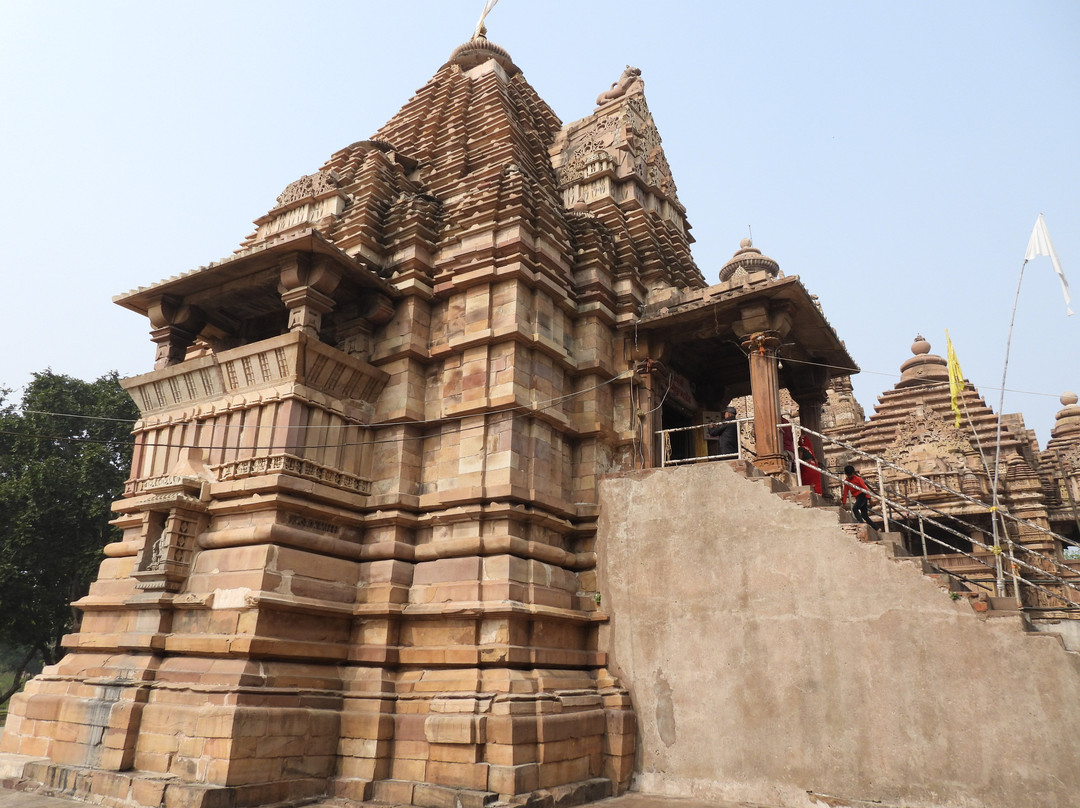
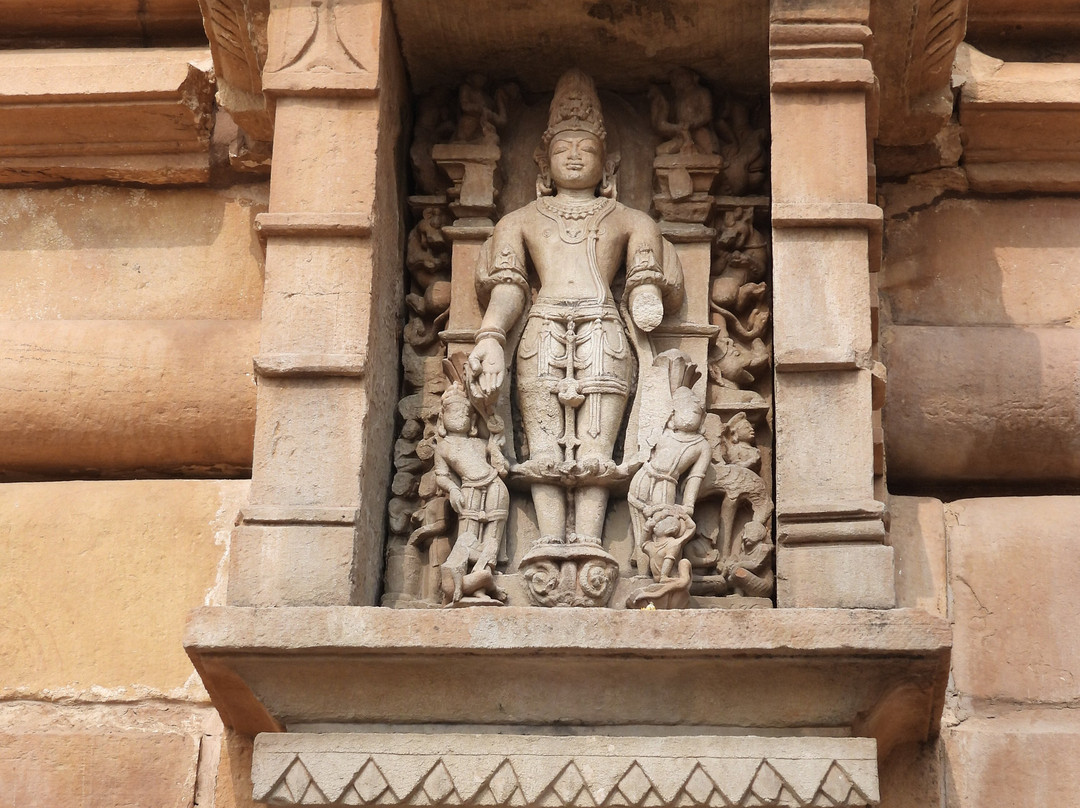
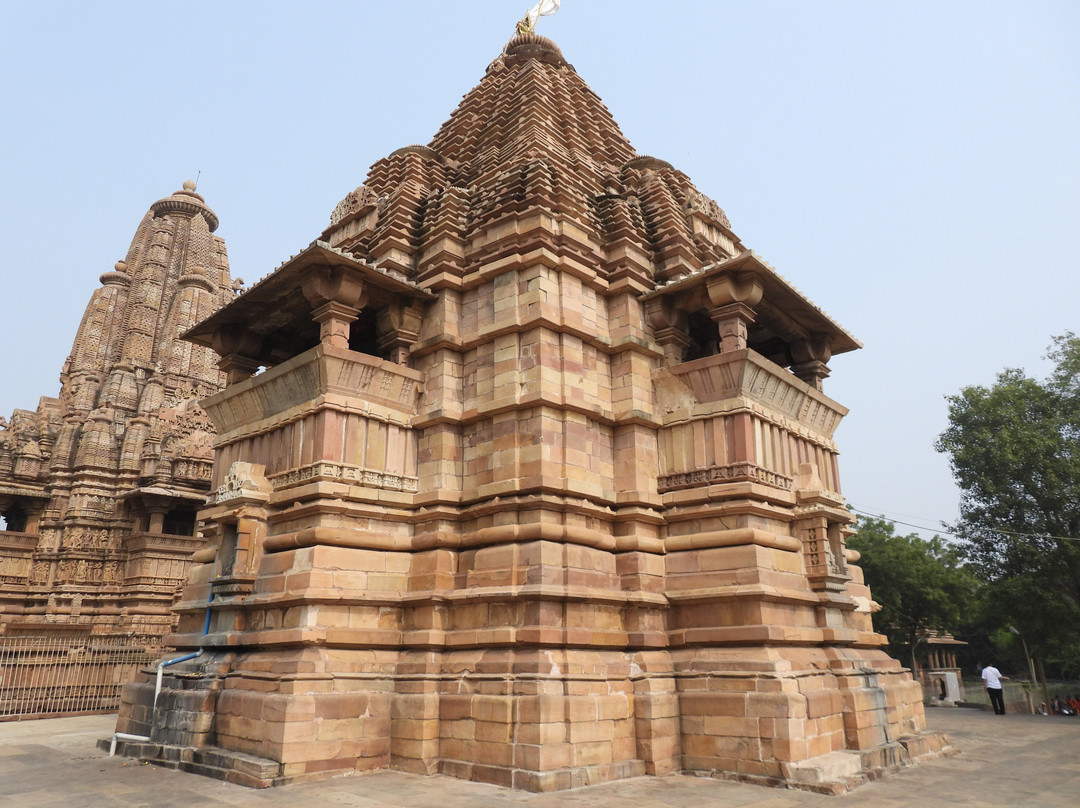
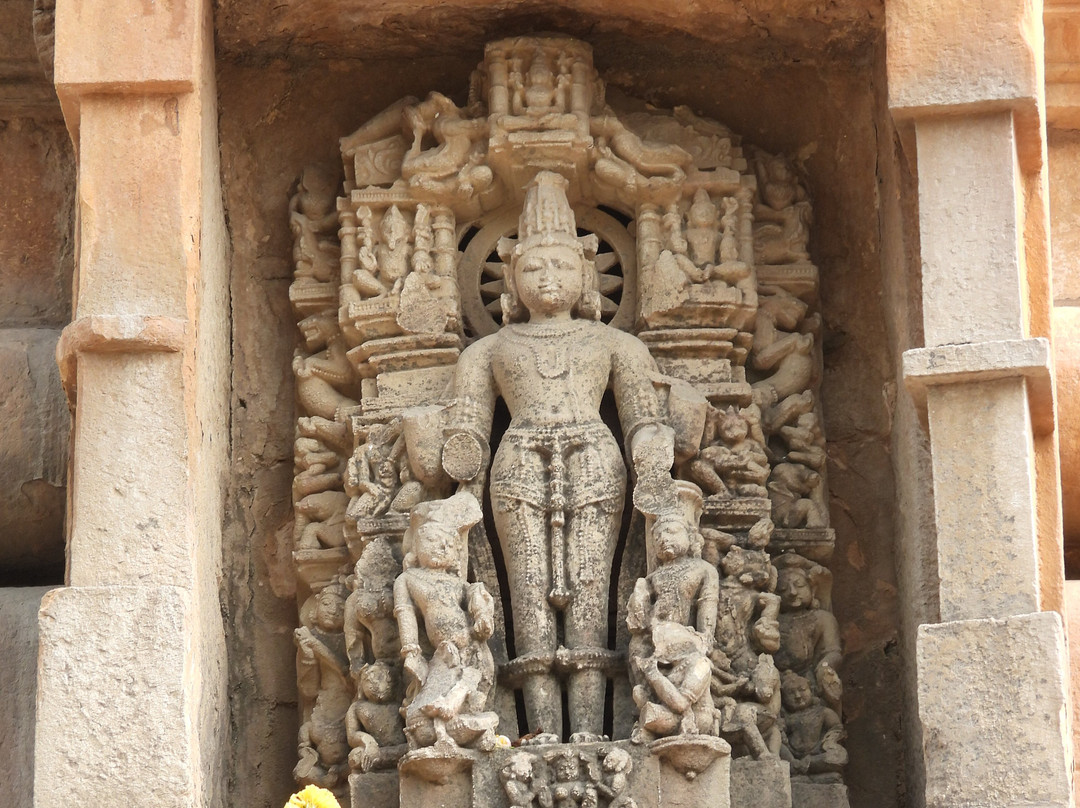
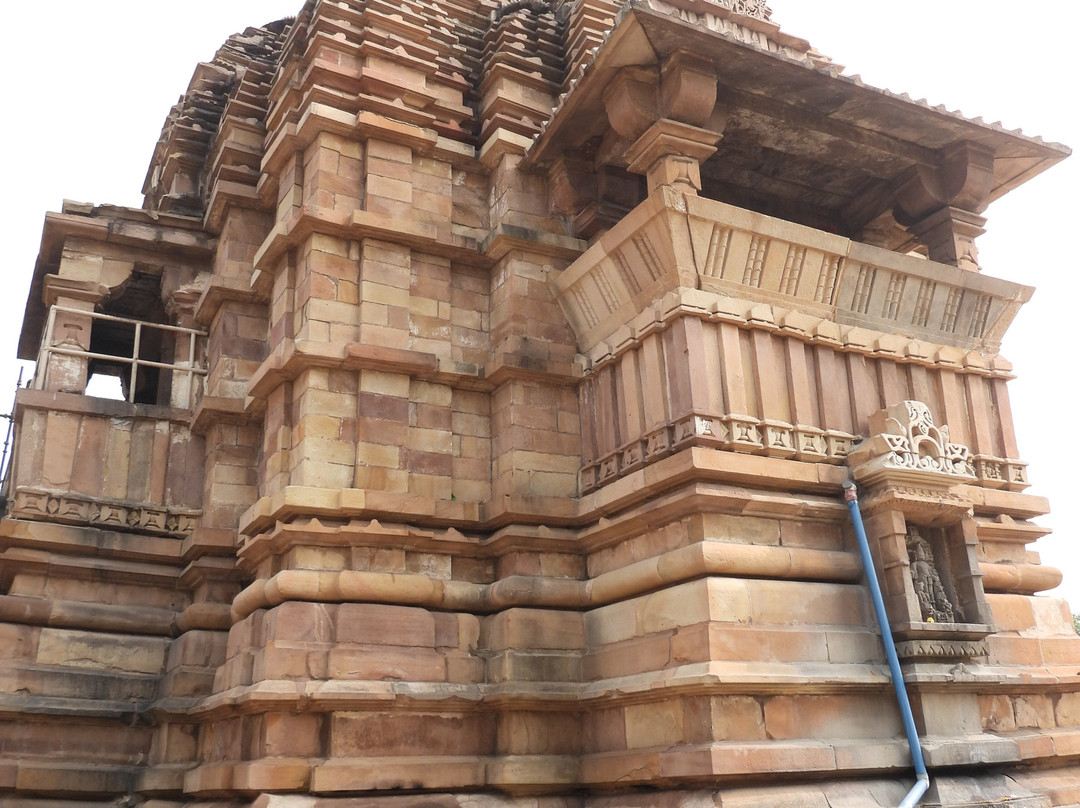
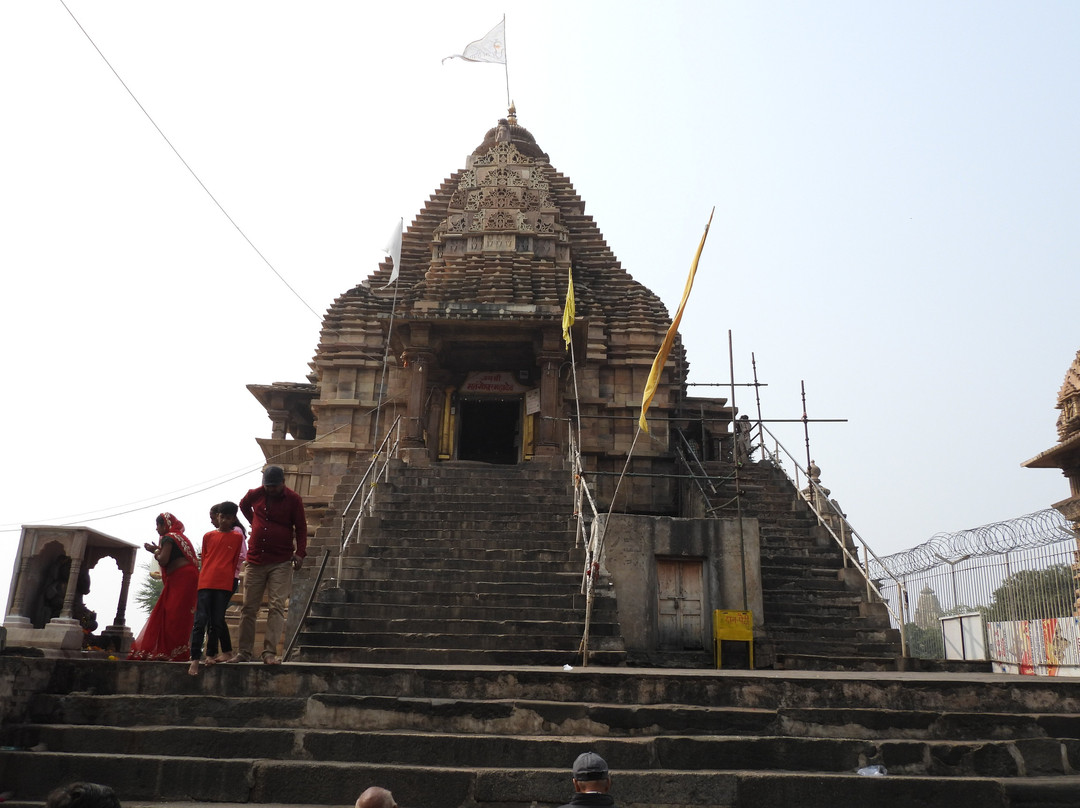

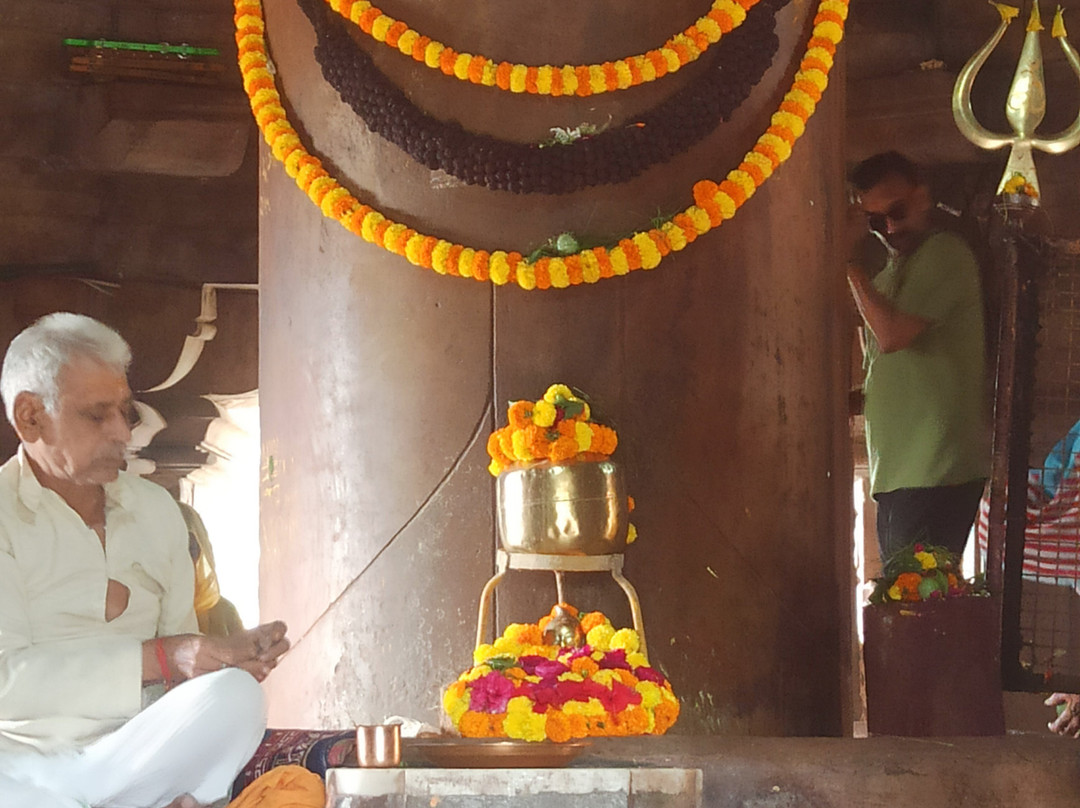
此点评仅代表旅行者个人的主观意见,并不代表TripAdvisor以及其合作方的意见。
关于我们
|
新闻动态
|
商务合作
|
会员中心
|
业主中心
|
业主通
|
常见问题
|
意见反馈
|
联系我们
|
营业执照
© 2025 Tripadvisor 版权所有。
使用条款 |隐私政策 |网站工作原理
部分照片由 VFM Leonardo 提供。
* Tripadvisor不是旅行社,也不是旅游预订服务代理商。我们提供免费、客观、公正的旅游资讯服务。 (显示更多)
TripAdvisor LLC 既不是预订代理商,也不是旅游运营商,不会向网站用户收取任何服务费。 按照规定,在 Tripadvisor 发布机票价格、游览和旅行套餐的合作伙伴(航空公司、旅行提供商及预订代理商),其标价须包含所有费用和附加费用。 例如, 机场出入境税费、消费税与其他服务费、手续费、杂费及附加费用。 当您向我们的某个合作伙伴进行预订时,请务必查阅他们的网站以了解当地行政部门要求的所有适用费用的具体情况。 除非另有说明,机票价格通常指的是一个人的价格(以人民币计)。
为方便起见,TripAdvisor LLC 根据从我们的预订合作伙伴获取的空房率计算每个酒店的均价。 对于游览和景点来说,所显示价格通常是每位成人的最低可用价格。 对于列出的任何旅行套餐或优惠,TripAdvisor LLC 无法保证任何特定的费率或价格。 此外,酒店均价每晚会更新,并以您的首选币种表示(使用现行汇率)。 由于这些已换算的价格是预估价格,因此,有关具体金额和币种请与预订网站进行核实。
此外,TripAdvisor LLC 无法保证我们网站上宣传的价格随时有效。 标价可能需要预订一定天数才能生效,或有不可用日期、使用条件或限制。
TripAdvisor公司对外部网站的内容一概不负责。优惠价格中不含税和其他费用。
ICP证:沪B2-20200433
沪ICP备20013175号
 沪公网安备31010502005427号
沪公网安备31010502005427号鹰程信息技术(上海)有限公司
货币/国家及地区
¥CNY
中国

